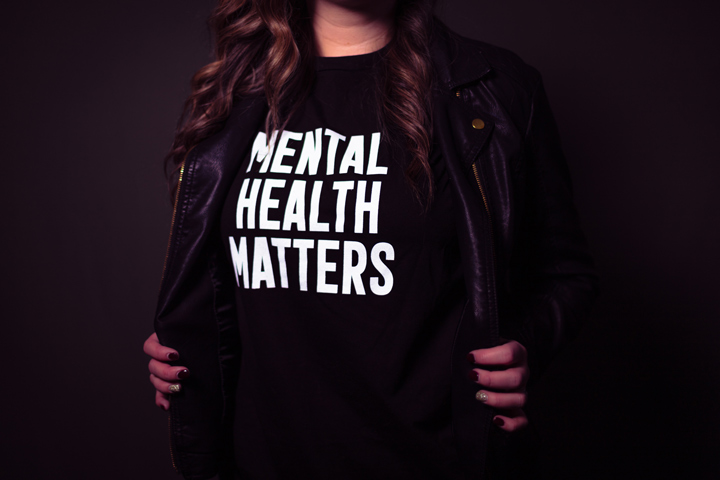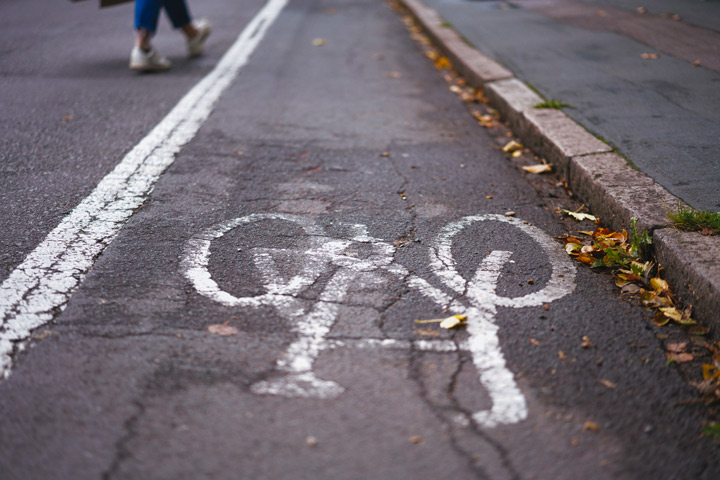A survey of 6,000 smartphone-using Filipinos nationwide shows that, while we crave to go back to the way things were, there are certain New Normal practices that might remain.
READ ALSO: Outside The Metro: How Remote Work Is Influencing The Real Estate Market
After a year of struggles, Filipinos just want to go back to normal in 2022, similar to their way of life pre-pandemic. They also want to resume economic growth and see more available jobs. These were the insights gathered through Quarantine@1: A Look into the Status of Filipinos, a QuickPulse report published by EON Trust Central in partnership with Tangere.
“Quarantine@1provides a clear snapshot of how drastically society has changed over the past year,” says Adam Crayne, editor-in-chief of EON Trust Central. “Through the survey, we were able to identify the Filipinos’ sentiments and the gaps they’ve experienced, enabling us to craft better solutions that will move us forward post-pandemic.”

The study is based on insights gathered from 6,000 Filipino users of Tangere, a market research data app. The respondents come all over the Philippines, are mostly females aged 26 to 35 years old, who come from small households.
Filipino state of mind
The study shows that the lives of 63 percent of respondents have worsened during the quarantine. Out of the many changes that have taken place, the loss of mobility (45 percent) hit Filipinos the hardest. They miss hearing mass in church the most (62 percent), followed by going to malls (49 percent) and traveling (26 percent).
As a result, it was observed that Filipinos have expressed a range of emotions, spanning from sadness (56 percent) to fear (37 percent), boredom (31 percent), and regret (30 percent). In terms of fear, many of the top causes are health- and finance-related, such as a family member getting sick and needing to be hospitalized (72 percent) and being unable to pay their debts (51 percent).

To cope, many have turned to bond with their families (71 percent), watching shows on TV and streaming platforms (54 percent), or immersing themselves on social media (53 percent).
Gaps and crossovers
Due to the mobility restrictions, digitally-inclined services emerged in the past year to bridge the gaps. While the reach and adoption rate have been remarkable, this presents opportunities to fully explore these areas in the coming years through new businesses or an evolution of a current business’ service.
These range from being able to pay utilities online, which, at 57 percent, is the top answer. Other top gaps in services include internet speed, ways to look for jobs, ways to transact with government, and the availability of safe walkways, biking paths, and open parks.

When asked what they would continue doing even after the pandemic is over, 63 percent of the respondents answered that they would continue wearing masks for everyone’s protection. Meanwhile, 61 percent will continue to expect assistance from LGUs, and 59 percent will continue paying attention to mental health.
Personal finances
Making ends meet has become more challenging with quarantine restrictions in place and the loss of jobs.
Expenses rose for 65 percent of respondents, while others were forced to tighten their belts (58 percent). Almost half of respondents expressed difficulty settling debts (48 percent), while others took a pay cut (46 percent). A total of 81 percent reported that they had no savings.

There is still a message of hope. Filipinos remain to be creative and tough, with 36 percent saying they looked for a second job or side gig. Indebted Filipinos committed to working harder (21 percent) while others showed interest in having a new business or sideline (19 percent).
Moving forward
For 2022, Filipinos have a simple request: get back to normal, or what life was like before the pandemic. This means time for socialization with their friends and family. Filipinos also want the economy to grow further and see more jobs become available.
To bring about a better normal, Quarantine@1 recommends those in positions of power to validate the ongoing struggles of Filipinos. There is also a need for visibility and engagement, especially between industry leaders and community builders. The pandemic is an opportunity for political figures to actively engage with the public through felt leadership.

Online payments became widely-adopted in the past year / Photo by rupixen.com on Unsplash
“Filipinos’ emotions may be in flux but they do have a clear understanding of the pandemic’s impact on their overall health,” says Myle Macalam, EON Trust Central program director. “Recognizing the challenges they’ve faced and gaining insights about their experiences allow leaders to come up with solutions that will bring not just a new normal but a better normal.”
Quarantine@1was developed by Trust Central, the research hub and insights laboratory of The EON Group. As the Philippines’ largest communications consultancy firm, it is committed to the vision of truth-telling as a compelling instrument for meaningful and lasting change. Its developer-partner Tangere describes itself as a market research company that harnesses mobile application technology and social media engagement.
To get a copy of the full report, send a message to [email protected].
Banner Photo by John Alvin Merin on Unsplash





